- Learning time
- 10 minutes
- First play time
- 40 minutes
Village Green
Designed by: Peer Sylvester
Village Green is a celebration of the quiet leafy villages of England, as each player competes for the Village Green of the Year competition. Plant flowers, build statues, dig ponds… but it all takes place with a deck of cards.
Or two decks, to be exact. One – the green cards – is made up of the various components of your personal ‘green’ which will be formed by laying them in a 3×3 grid during play. You’ll begin with a hand of three such cards, and on your turn you can pick one up from an available display (or a face-down card from the top of the deck) and play one into your grid. However, the considerably looming catch here is that each green card has a flower on the top left – one of three types, in each in three colours. When a green card is added it must match either the colour, or the type (or both!) of every adjacent card. Not too tricky for the corner cards with their two neighbours, but the middle card has adjacent cards on all four sides!
But what is all this floral symbiosis in aid of? Well, instead of taking a green card on your turn you may take an award card instead, and this gets placed outside your grid, either at the side of a row or above a column (note, you can also place an award card for free when you place a green card with a structure on it) The award cards define how each row or column will score, rewarding certain combinations of flowers, or ponds, or trees (that also feature on many cards) and the core challenge of the game is making sure your award cards will score – constructing a single row or column is relatively easy, but when you factor in the adjacency rules for the green cards, manufacturing three high-scoring rows and columns is… tricky, to say the least.
When anyone’s green is complete, the current round is played out and then scores are tallied – most points wins.
The guru's verdict
-
Take That!
Take That!
Very little. You can keep an eye on what other players are doing and take cards that they might want themselves, but to be honest there's more than enough to think about already.
-
Fidget Factor!
Fidget Factor!
Potentially high. Despite the simple rules, the restrictions over playing green cards mean there'll be pauses aplenty as everyone scratches their heads - less so at the more open beginning of the game but more as it continues.
-
Brain Burn!
Brain Burn!
High. There's a fair amount of if-this-then-that to proceedings and plans can and will go awry.
-
Again Again!
Again Again!
Lots of variety in the cards, but you need to be happy with the suitably leisurely pace of the game. We never knew horticulture involved so much maths!

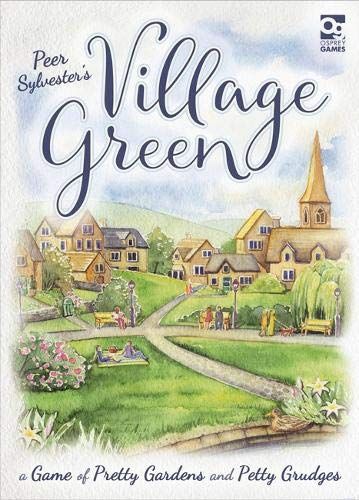

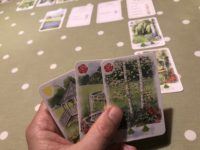

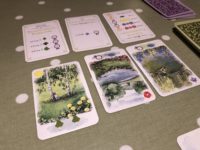
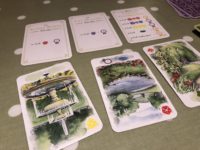
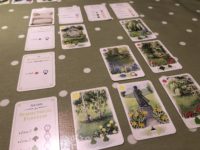


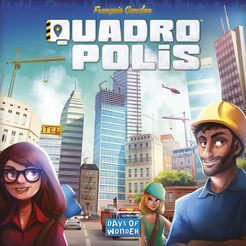
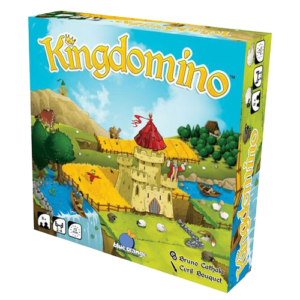

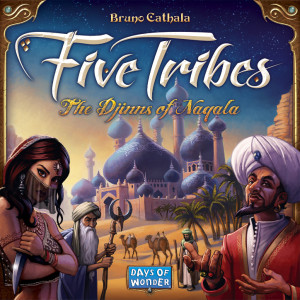
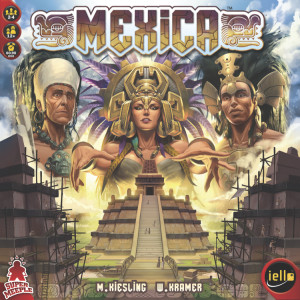
Sam says
I was told it'd be 'a bit thinky' but I didn't expect the most puzzly cognitive overload I'd encountered in quite some time. The game isn't hard to teach, or learn. What makes it so brain-burning is the fact each green card must be next to a matching flower (colour/type/both) and following that rule is what hampers progress on the point-scoring - or not - of the award cards, as you desperately need a yellow rose to finish with a flourish but find yourself with a hand of purple and red flowers. You can build over a green card, but only once per game, and it costs you a point. You can always build over award cards, but in a game of limited time, doing so costs you a turn of course. Tricky, thinky, clever.